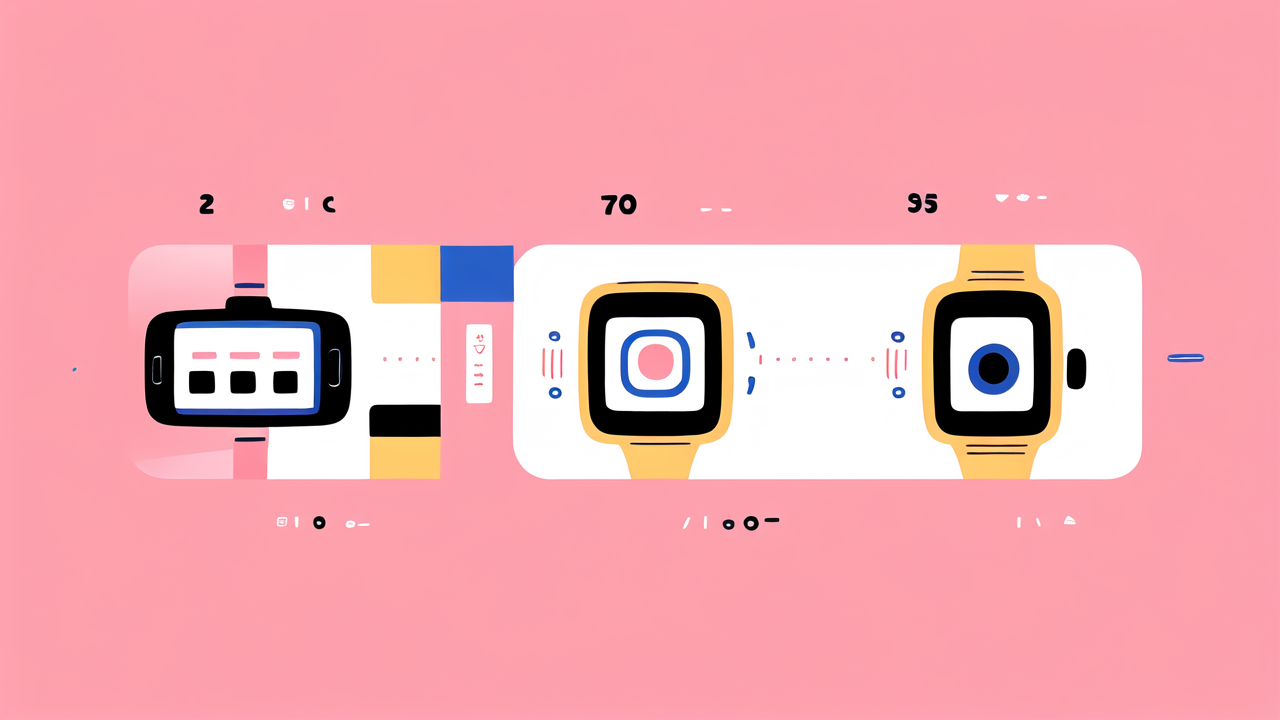Emerging Trends in Smartwatch Technology
Understanding the Integration of AI and Machine Learning
The smartwatch tech scene is buzzing with AI and machine learning. These features are not just for smartphones anymore. Smartwatches now predict your needs, learn from your habits, and offer personalized help. They track your health patterns and alert you to changes. AI-powered assistants on your wrist make life easier. They respond to voice commands and control smart home devices. Machine learning helps save battery life by managing apps and sensors. As AI gets smarter, smartwatches become more than timekeepers. They're true lifestyle companions, integrating tech into daily life seamlessly.

The Rise of Blockchain in Wearable Devices
Blockchain technology is making its mark on the smartwatch domain. It boosts security and data privacy. Now, users can safely engage in digital transactions. They can also store health data on their devices reliably. This tech is evolving quickly. More watch brands are thus adapting to include blockchain features.
Advancements in Battery Life and Charging Efficiency
One key trend in smartwatch tech is improved battery life. Users want devices that can keep up with their busy lives. Brands have heard this. They're creating batteries that last longer and charge faster. New materials, like graphene, are in use. They offer better energy storage. There's also a shift to wireless and solar charging options. This adds convenience for users. Such advances are key for those who rely on their smartwatch daily.
Comparing the Leading Smartwatch Platforms
Analyzing the Competitive Edge of Wearable Operating Systems
Smartwatches are evolving rapidly, and their operating systems (OS) play a huge part. Key players like Apple's watchOS, Google's Wear OS, and Samsung's Tizen OS lead the market. Each OS offers unique features that give them a competitive edge.
- Apple's watchOS stands out with its seamless integration with iOS devices. It offers a wide range of health and fitness features.
- Google's Wear OS excels in customization and Google Assistant integration. It is also compatible with both Android and iOS devices.
- Samsung's Tizen OS is known for its intuitive interface and long battery life. It also comes with a robust set of in-house developed apps.
These OS's contribute to the user experience. They affect how we interact with apps, manage notifications, and track health metrics. When choosing a smartwatch, the OS can be a deciding factor for many consumers.
The Impact of Ecosystems on Smartwatch Adoption
The ecosystems supporting smartwatches deeply influence user choices. Brands like Apple, Google, and Samsung offer tight integration with their products. This integration encourages users to stay within a single brand ecosystem. For example, Apple Watch works best with iPhone and other Apple services. Such ecosystems often include apps, services, and accessories designed to work seamlessly. They also impact the user experience, compatibility, and ultimately, the adoption rate. Users prefer ecosystems that offer more utility and ease of use. Therefore, a robust ecosystem can be a deal-maker for many consumers in the U.S. when choosing a smartwatch.
Interoperability: A Critical Factor for Consumer Choice
Interoperability is key for smartwatch users. It dictates how devices talk to each other. For example, a smartwatch from one brand may need to sync with a phone from another. Users expect smooth interactions across gadgets. This factor massively sways buyer choices. A watch that works well with various technologies wins favor. It suggests future-proofing in a multi-device world. As tech evolves, so does the demand for compatibility. Makers striving for interoperability lead in consumer choice. Thus, the feature shapes the market and guides innovation.
The Future of Smartwatches: Predictions and Innovations
The Role of Virtual Reality and Augmented Reality in Smartwatches
As we look to the future of smartwatches, a thrilling prospect is the role of Virtual Reality (VR) and Augmented Reality (AR). These technologies are set to take smartwatches beyond mere gadgets. They promise immersive experiences right from our wrists. Imagine AR maps overlaying directions onto your surroundings. Or VR messages that let you feel like you're with the sender. This blend of VR and AR with smartwatches could revolutionize how we interact with our tech. New apps and features are in the works to bring this vision to life. These advances will likely be gradual. But they hold the potential to change our daily lives. The future looks bright for smartwatch innovation, with VR and AR at the forefront.
How IoT Integration is Shaping the Future of Wearable Technology
Smartwatches are rapidly evolving beyond simple fitness trackers. The integration of Internet of Things (IoT) is a key trend. This tech connects watches with other devices. It's creating a network of personal gadgets working as one. IoT enables more personalized and efficient user experiences. Users can control home devices right from their wrist, for example. They can manage thermostats, lights, and even cars with a smartwatch. Data collected by IoT wearables also offers health progress insights. For users, this means smarter, more helpful watches. As IoT grows, we'll see even more innovative features. Keep an eye on smart homes and health care sectors for new uses.
Anticipating Regulatory Changes in the Smartwatch Market
As smartwatches evolve, their features get more advanced. They track health, make calls, and more. So, the US may change rules for them. New privacy laws might control data use. Health rules may also apply, for medical features. We must watch for these changes. They could shape the smartwatch market in big ways.

Leave a comment
This site is protected by hCaptcha and the hCaptcha Privacy Policy and Terms of Service apply.